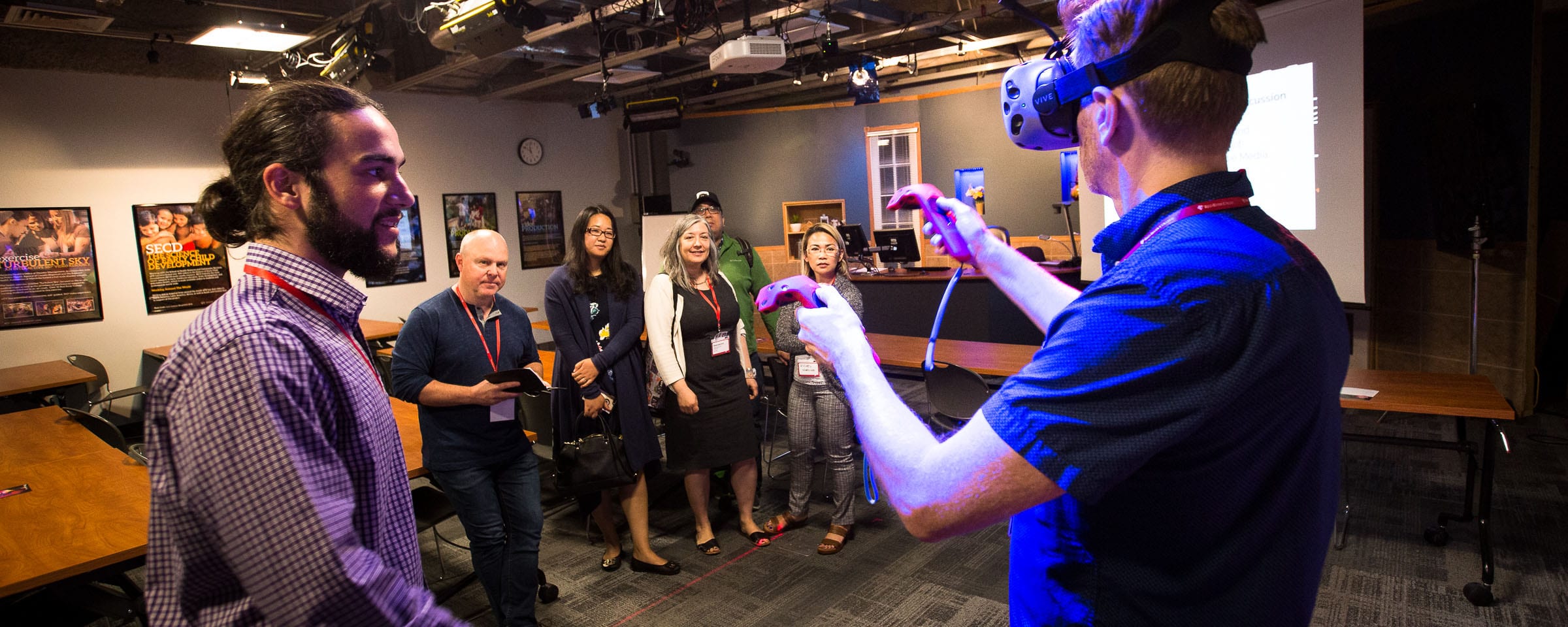NOBODY expects the Spanish Inquisition!
Myth # 237: You can’t teach an old dog new tricks.
I’ll admit it. I tend to lean on old familiar ways when it comes to Instructional Design (ID). But last week a bright young colleague reminded this old dog of one not-so-new trick, tangential learning. That mere engagement can transform our minds into sponges that soak up peripheral knowledge is a wondrous phenomenon. Ah, memories of Pavlov and Cardinal Ximenez.
My young colleague (we’ll call her Katherine) had brought the Timeline card game to the office. Each card depicts an invention, but the year of its creation is printed on only one side. Without looking at the date side, players take turns placing one of their cards in proper chronological order on the table, then revealing its date. If correct, the card stays; otherwise it is removed from play and the player takes another card from the deck. One wins by being the first to get rid of all one’s cards.
Because we were in the office, we had our respective computers handy and were in no time Googling everything from glass-making (3500 BCE) to the camera obscura (5th century BCE) to insulin (1921). Currents of art, math, science, music, and other fascinating fluff had carried us through some 5,500 years of history in the short span of ten minutes. The game was fun because it challenged us to better situate already familiar inventions. The game could have just as easily focused on a specific domain such as physics, business, or plumbing.
Of course, you might ask how much of this was “surface” as opposed to “deep” learning? Hard to say. But the constructivist in me would underline that the process was both active and social, that our learning was grounded in personal context, and that we were definitely mentally engaged and motivated. I wish that more of our courses could deliver as much.
But why can’t they? How many of you did not follow a single link in this post? We humans are naturally curious, and most of us cannot resist the lure to expand upon what we already know (42). Whether designing for face-to-face or online (was there life before Google?), we should really add one more question to our instructional design checklist: How can I make this fun? Answer: games.
As Cardinal Ximenes might say, “Amongst our weaponry are such diverse elements as fear, surprise, ruthless efficiency, an almost fanatical devotion to Assessment, and nice red uniforms—oh damn!“
